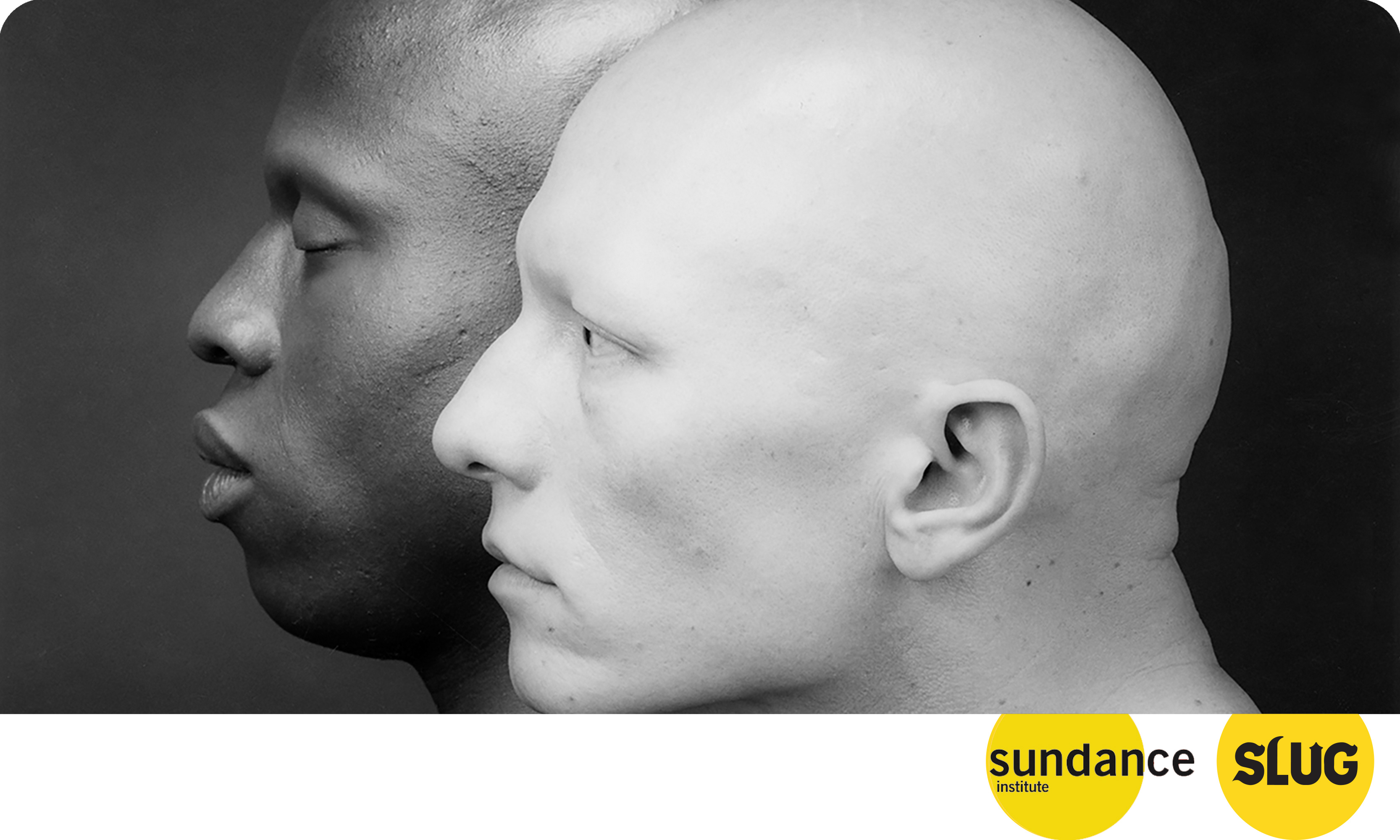Sundance Film Review: Mapplethorpe: Look At the Pictures
Film Reviews
Mapplethorpe: Look At the Pictures
Sundance Film Festival
Directors: Fenton Bailey, Randy Barbato
One of the great things about the documentary programming at Sundance is the fact that we get to see filmmakers delve deeply into the lives of the most interesting people we’ve never heard of. Personally, the first time that I ever heard the name Mapplethorpe was when I saw the name of this film on my “to-be-reviewed” list—I’m actually pretty sure I was pronouncing it incorrectly as I was navigating my way to the press chute at the MARC. Scoff if you must, but a photographer known for provocative photographs of BDSM vignettes just didn’t show up on the radar of a kid growing up in the homogenous suburbs of Salt Lake City.
Whether you’re an avid follower of Robert Mapplethorpe’s career or just now hearing about him, Mapplethorpe: Look at the Pictures offers a comprehensive look at his controversial oeuvre. Filmmakers partnered with the LACMA and the Getty to bring hundreds of Mapplethorpe’s photographs and illustrations to the forefront of this documentary, shedding light on the ambitious yet flawed artist.
It’s a meticulously researched film that chronicles Mapplethrope’s upbringing as a devout Catholic in rural New York, his young adulthood renting out a small room in Manhattan’s Chelsea Hotel with Patti Smith and his eventual death after contracting AIDS. Interviews with Mapplethorpe’s family, models and lovers slowly piece together the picture of a man with no shortage of artistic genius—albeit one who sacrificed personal relationships in the name of his art.
The expository footage about Mapplethorpe’s life had a tendency to feel almost obligatory, however—the film is subtitled Look at the Pictures for a reason. The purpose of this documentary is to mine through Mapplethorpe’s body of work—or, perhaps more appropriately, his work of bodies. It’s here where the documentary is strongest. Despite the graphic nature of Mapplethorpe’s X portfolio, it’s evident that he had an uncanny knack for capturing the unorthodox beauty of his subjects—even those clad in latex bondage gear.
Despite the exhaustive catalogue of Mapplethorpe’s photographs that are on display throughout the film, the documentary didn’t quite succeed in humanizing its subject. It’s easy to say that Mapplethorpe’s work speaks for the artist, but according to the supplementary interviewees, Robert Mapplethorpe was a self-centered perfectionist who threw a tantrum when his brother’s name appeared on an exhibition invitation before his own. Perhaps this was an intentional move to add to Mapplethorpe’s mystique, but it’s difficult to engage with a story if the audience can’t relate to the subject on some level.
The film also missed a big opportunity to take a closer look at the dynamics surrounding Robert’s relationship with his younger brother Edward Mapplethorpe—it was heartbreaking to see how Edward’s hero worship of his older brother was met with derision and manipulation. And how are only fifteen of the film’s 108 minutes dedicated to the lawsuits that conservative watchdog groups levied against the museums that featured Mapplethorpe’s final exhibition? The entire film challenges its viewers to reevaluate their own boundaries about what art can be, and a bit more exploration into the national controversy that the subject’s work created would have given that question a bit more gravity.
Depending on what you’re looking for in a documentary, Mapplethorpe: Look at the Pictures is a well-curated collection of the photographer’s seminal work, but it skimps out on the personal touches that make documentaries really come to life. If you didn’t get a chance to see it at Sundance, it will premiere on HBO on April 4th.

